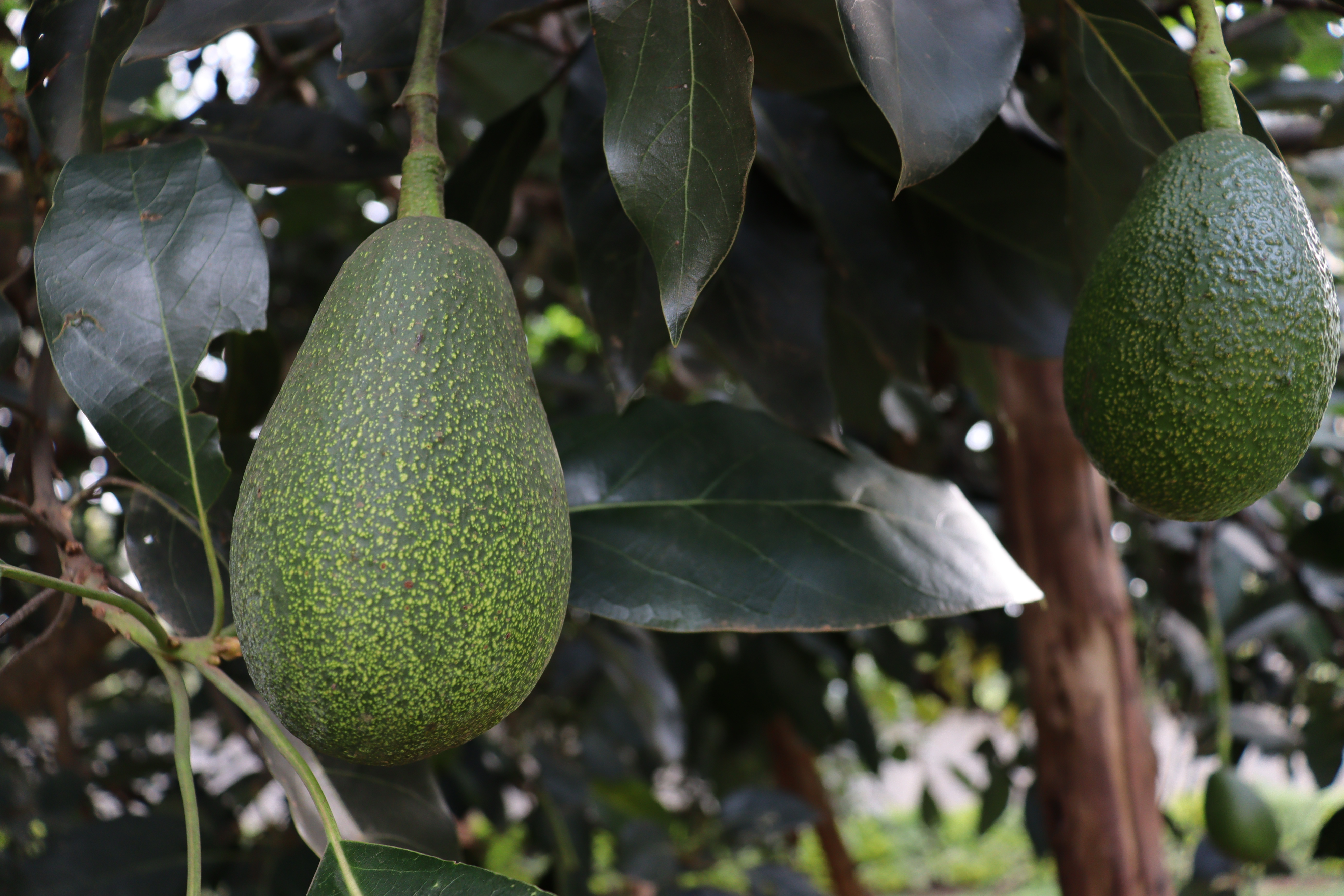
New Study Reveals How Humans Cultivated Avocados Over Thousands of Years
www.smithsonianmag.com
Early avocado farmers left a lasting mark on the development of agriculture. Safaritravelplus via Wikimedia Commons under CC0 1.0Thousands of years before avocados graced supermarket shelves or were spread across sourdough toast, they were once astaple in the diets ofground sloths,gomphotheres andtoxodons that roamed across Central America during the latePleistocene.These megafauna ate prehistoric avocados whole, spreading the pitsand, as a consequence, the fruitsacross the region. But then, some 12,000 years ago, these massive mammals wentextinct, leaving avocados with an uncertain future.Thats where humans come in. According to a new study published in theProceedings of the National Academy of Sciences, humans in Central America were consuming wild avocados roughly 11,000 years ago.To discover how avocado farmers left a lasting mark on the development of early agriculture, archaeologists studied preserved pits and rinds, charting subtle changes in the size and shape of the fruit over thousands of years.Our work shows that Indigenous farmers selected bigger and thicker-skinned avocados through time that made these nutritious fruits more productive and easier to transport, co-author Doug Kennett, an environmental archaeologist at the University of California at Santa Barbara, says in astatement.These intentionally selected characteristics promoted their widespread use in Central and South America that set the stage for their global economic importance today, he adds. Researchers excavate the El Gigante Rockshelter in Honduras. Ken Hirth / UC Santa BarbaraThe researchers case study centered aroundEl Gigante Rockshelter, a cave site in western Honduras thats known for its immaculately preserved plant remains, accumulated over thousands of years of human use.For decades, archaeologists have sifted through this long-term trash pile to get a better sense of how and when humans switched from foraging to farming, co-author Amber VanDerwarker, an anthropologist at the university, tells theNew York Times Cara Giaimo.VanDerwarker and her fellow researchers used radiocarbon dating to arrange discarded avocado pits and rinds into chronological order to see if any cultivation patterns emerged.They found that the oldest pits from El Gigante were small, and the rinds were just scraps. At first, humans were just picking wild fruits from their trees as they need[ed] to, VanDerwarker tells the Times.But avocado remains from around 7,500 years ago tell a different story. Pits became consistently larger, and skins became thicker. Humans, it appears, began intentionally cultivating avocados by pruning trees to encourage larger fruits to grow.Around 4,500 years ago, rind thickness surpassed the natural variations found in the avocado remains, an indicator that people had started saving seeds and planting their own trees, VanDerwarker adds. The growing size of pits shows how humans cultivated larger avocados over time. Thomas Harper / UC Santa BarbaraFull-blown avocado farming had begun. These people literally domesticated their forests, VanDerwarker tells a Forbes contributor who goes by Grrl Scientist.The consequences of this discovery are widespread, not only for the history of avocados but also for understanding which crops played a significant role in the development of early agriculture.According to a 2017study of El Gigante, maize was domesticated in Honduras 4,300 years ago. As VanDerwarker says in the statement, that means that El Gigante residents had already domesticated avocados by the time maize arrived in the region, complicating the narrative that grains and animals were some of the first food sources domesticated by prehistoric Mesoamericans.This completely alters our understanding of Mesoamerican agriculturetraditionally seen as maize transforming foragers into farmers upon its arrival to a new location, she adds.Instead, by the time maize arrived in this part ofMesoamerica, Indigenous farmers already understood the whole notion of planting seeds and managing growth, VanDerwarker tells Forbes. Scientists are worried about the lack of genetic diversity among modern avocado crops. Public domain via Wikimedia CommonsThis research may help scientists learn to manage crop cultivation more sustainably. Ninety percent of the modern avocado industry is dominated by theHass avocado, a variety primarily grown through cloned populations. Thats a risky endeavor in an era of unprecedented climate unpredictability, VanDerwarker says in the statement.In contrast, the seedling cultivation methods used at El Gigante helped preserve genetic diversity and allowed avocado trees to adapt to changing landscapes and climatic conditions.As VanDerwarker tells the Times, I think people have probably been eating guacamole now for a good 10,000 years. To keep eating guacamole for the next 10,000, it might be time to learn from the avocados past.Get the latest stories in your inbox every weekday.Filed Under: Agriculture, Archaeology, Central America, Farming, Food, Food History, Food Science, History, New Research
0 Comentários
·0 Compartilhamentos
·100 Visualizações


